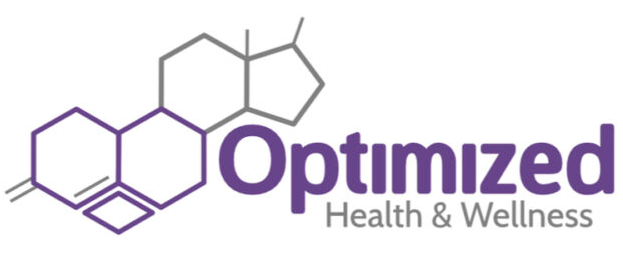On Wednesday, March 11, 2020, the World Health Organization (WHO) declared the coronavirus (COVID-19) a pandemic. What does that mean? What precautions should you take? And what in the world is “social distancing?”
Here’s the latest information on COVID-19 and what you need to know to protect yourself and others.
What’s a Pandemic?
According to the WHO, “A pandemic is the worldwide spread of a new disease.” COVID-19 is the first pandemic since the H1N1 “swine flu” pandemic in 2009.
Labeling COVID-19 a pandemic isn’t cause for panic, however. “We cannot say this loudly enough, or clearly enough, or often enough: all countries can still change the course of this pandemic,” reads a statement from Tedros Adhanom Ghebreyesus, director-general of the WHO.
With a pandemic the goal is no longer to stop the virus, but slow it down so health services aren’t overwhelmed all at once. This is why we’ve seen so many closures of offices, schools and cancellations of large events, to limit the amount of people potentially exposed. Also, keep in mind a pandemic does not refer to the severity of the disease, rather how widespread it is.
Social Distancing Vs Quarantine Vs Isolation
The WHO and other health officials are calling for “social distancing” to limit the spread of COVID-19. What is social distancing, and how does it differ from quarantine or isolation?
Quarantine is a way to monitor people who may have been exposed to the virus but aren’t showing symptoms, yet.
Quarantine keeps potentially infected people away from others who have not been infected.
Those under quarantine are often asked to stay home and avoid interacting with others for 14 days (the time it takes, on average, for somebody to start showing symptoms of COVID-19 after being exposed to the virus).
Isolation goes a step farther than quarantine.
People who are known to have the virus are isolated to keep them away from people who aren’t sick.
A whole family may be quarantined in one home, but isolated individuals should be kept in separate rooms and use different bathrooms (when possible) from individuals who are not showing symptoms.
Social distancing is a way to limit the spread of disease when you’re out in public.
The CDC defines social distancing as “remaining out of congregate settings, avoiding mass gatherings, and maintaining distance (approximately 6 feet) from others when possible.”
This is why so many events have been canceled and schools and offices closed.
Symptoms of Coronavirus (COVID-19)
It’s currently cold and flu season. How do you know whether you actually have COVID-19? Here are the symptoms to look for:
- Fever (in 88% of cases)
- Dry cough (68%)
- Fatigue (38%)
- Sputum/phlegm production (33%)
- Shortness of breath (20%)
- Sore throat or headache (13%)
The CDC has listed 6 new symptoms of COVID-19 that may appear 2-14 days after exposure to the virus. They include:
- Chills
- Repeated shaking with chills
- Muscle pain
- Headache
- Sore throat
- New loss of smell or taste
Preventing the Spread of Coronavirus (COVID-19)
What can you do to help prevent the spread of COVID-19?
- Stay home as much as possible.
- When you go out, try to stay at least 6 feet away from other people.
- Avoid large crowds.
- Wash your hands frequently, for at least 20 seconds with soap and warm water.
- Avoid touching your face as much as possible
- If you’ve been exposed, self quarantine
- If you’re displaying symptoms call your doctor and see what your next steps should be.
At-Risk Populations
Currently, COVID-19 disproportionately affects the elderly and people with underlying health conditions like diabetes, congestive heart failure, or a compromised immune system.

